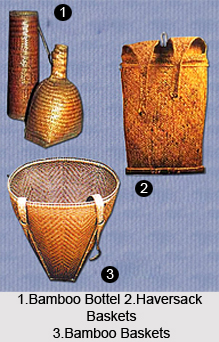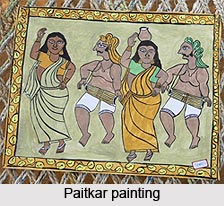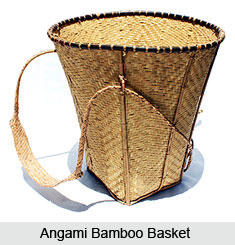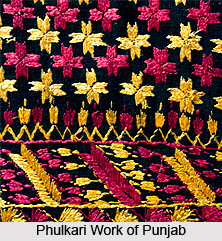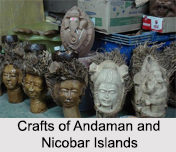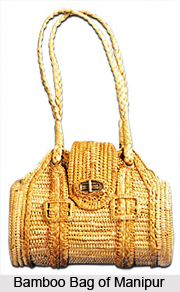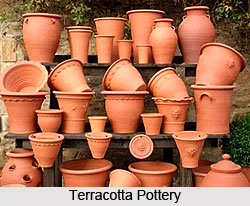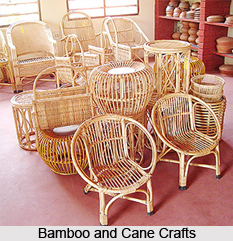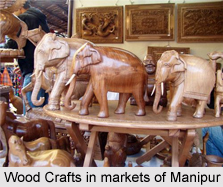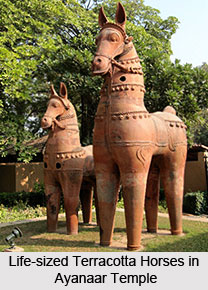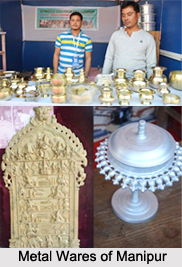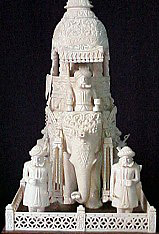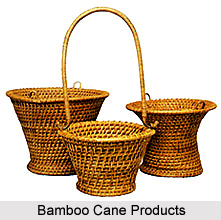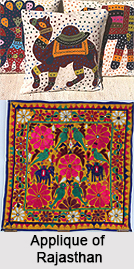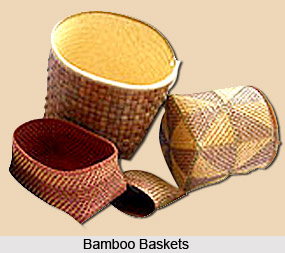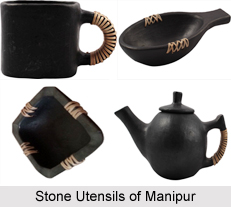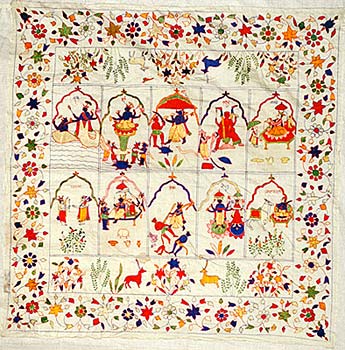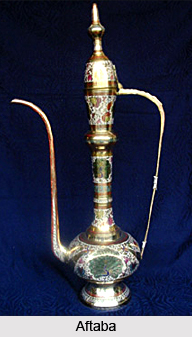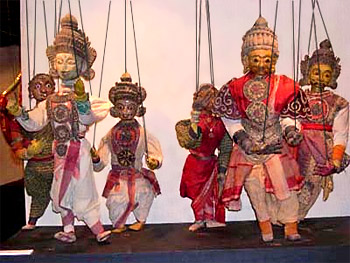In India enamel craft is labeled as an exquisite handicraft. Enamel work is believed to be a Turanian art that made its way into ancient India through traders. Enamel work is considered to be an exquisite form of metal craft where colouring and ornamenting of the outer side of the metal is done by fusing it over various mineral objects.
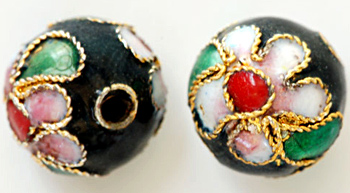 Types of Enamel Craft
Types of Enamel Craft
Three forms of enamelling are followed. Firstly the enamel is applied to the metal; secondly, transparent enamels are laid over a design which has been carved on and third is the decorative coating applied to inlay or outlay. The first two are comparatively modern methods. The third one is very ancient and has two varieties - the cloisonne and the champlevé. In the cloissone a pattern is raised on the surface of the metal through strips of metal or wire which is welded on to it. The champleve is a cut out of the metal itself. In both of them the pattern is filled in with the enamel. In a true enamel work, the colouring glaze needs to be fused on to the metal.
Famous Enamel Crafts of India
The Jaipur enamelling is of the champleve pattern. A round plate among the Prince of Wales` Indian presents is the best specimen of enamel work. It took four years to be made. It is in itself a monument of the Indian enamel art. Another notable example is the beautiful covered cup and saucer and spoon that belonged to Lady Mayo.
Among all the Prince of Wales` enamels, the best is a device of a native writing-case that is shaped like an Indian gondola. Stern is figured like a peacock and the tail sweeps under half the length of the boat that is enlightened with blue and green enamels, brighter than the natural brightness of a peacock"s tail. The covering of the ink bottle is green, blue, ruby and coral red enamels. The enamels of Jaipur, Benares and Lucknow are famous all over the world.
Among the arms which are kept in the India Museum there are some exquisite examples of old Jaipur enamelling. The handles of the yak"s tails, the peacock"s tails, which are symbols of royalty and divinity throughout the East are the magnificent examples of the grandest of the enamel crafts of India practiced almost everywhere in India.
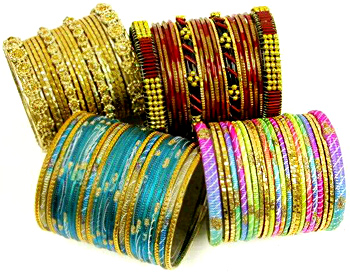 Prince of Wales` several specimens of charming Cashmere enamels, there is usual shawl pattern ornamentation tout in gold and is filled in with turquoise blue. Sometimes a dark green colour is intermixed with the blue and is perfectly harmonised by the gold thereby producing an artistic effect. Among the splendid loans contributed by the Queen to the India Museum is a Hukka stand whose silver bowl has flowers painted in green and blue enamel.
Prince of Wales` several specimens of charming Cashmere enamels, there is usual shawl pattern ornamentation tout in gold and is filled in with turquoise blue. Sometimes a dark green colour is intermixed with the blue and is perfectly harmonised by the gold thereby producing an artistic effect. Among the splendid loans contributed by the Queen to the India Museum is a Hukka stand whose silver bowl has flowers painted in green and blue enamel.
Concentration of Enamel Craft in India
Enamel craft is still a source of living for many artisans in the ancient cities of India. These includes places like Lucknow, Varanasi, Kangra and Cashmere, however the perfection that enamel craft attains in Jaipur cannot be compared to anywhere in the world.
At Pertabghar in Rajputana brilliant trinkets are made by melting a thick layer of green enamel on a plate of burnished gold and it is covered with thin gold cut while it is still hot. After the enamel has hardened the gold work is imprinted over with a graver in order to bring out the characteristic details of ornamentation
Items of Enamel Craft
Beautiful glass bangles and ornaments are made at Rampur near Meerut. These glass ornaments are also made at Hushyarpur, Patiala, Karnal, Panipat and other places in the Punjab, at Dalman and Lucknow in Oudh. Glass-making is done at Kapadvanj in the Kaira district of Gujarat. Glass trinkets are made in the Kheda district of Kandesh and at Bagmandli. In the south, glass bangles are made at Matod and Tumkur in Mysore: and in several villages between Guti and Bellary. The glass phials for Ganges water are made at Nagina, in the Bijnur district of the North-Western Provinces and at Sawansa, in the Pertabghar district of Oudh.
